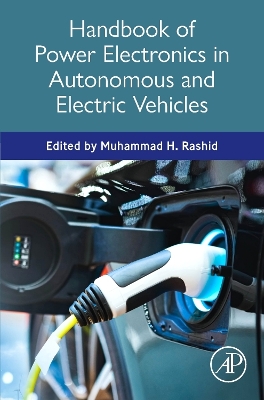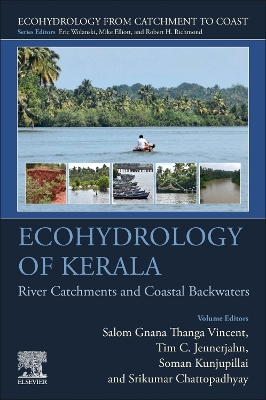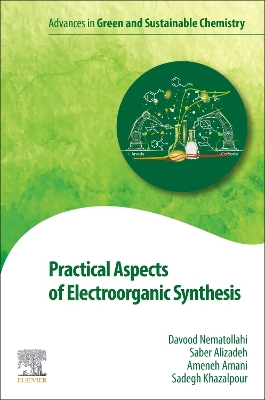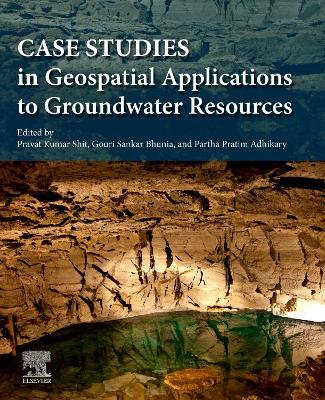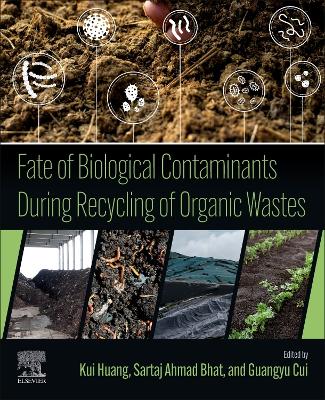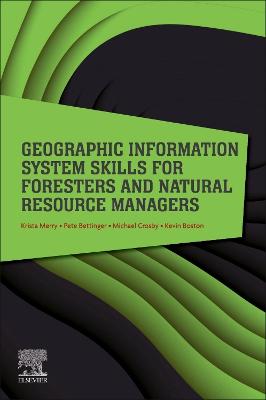Earth Observation for Monitoring and Modeling Land Use
 -10%
portes grátis
-10%
portes grátis
Earth Observation for Monitoring and Modeling Land Use
Srivastava, Prashant K.; Triantakonstantis, Dimitris; Fischer Filho, Joao Alberto; Lamine, Salim; Da Silva Fuzzo, Daniela Fernanda
Elsevier - Health Sciences Division
11/2024
400
Mole
Inglês
9780323951937
15 a 20 dias
1. Remote observation for predicting soil moisture in integrated crop/livestock areas
2. Soil Chemical Properties using Hyperspectral Remote Sensing
3. Monitoring and modelling urban growth dynamics of Pune and Pimpri-Chinchwad City, Maharashtra, India
4. Drones in high resolution land use assessment using artificial intelligence
Part II. Land use/land cover classification
5. Mapping the Soil Organic Carbon Sequestration Potential of Greece's Agricultural Soils
6. Mapping Greece's Salt Affected Soils Extent with the use of Machine Learning and Remote Sensing Data
7. A View of Biological Invasions at the Landscape Scale: A Case Study of Two Australian Acacia Species in Portugal
8. Land use and socioeconomic interventions in the production of urban climate: day and night thermal effects in a continental tropical city
9. Landscape Geoecology in the Feasibility of Creating Linear Parks in Urban Microbains
Part III. Operational EO Tools for Monitoring and Modelling land use/land cover
10. Hyper-Spectral Remote Sensing: Potential Prospects in Water Quality Monitoring & Assessment
11. Appraisal of Spatial interpolation techniques in predicting soil organic carbon using Earth Observation datasets
12. Conservation Status of Permanent Preservation Areas and of Water in the Cabacal River Basin, Mato Grosso State, Brazil
Part IV. Looking into the Future: Challenges and Perspectives
13. Modeling and predicting future land use: application of Dyna-CLUE and Markov Chain - Cellular Automata Analysis (CA-Markov) models in a Brazilian watershed
14. Interpretation of Land Use and Land Cover Changes at Different Classification Levels: The Paranapanema River Basin - Brazil Case
1. Remote observation for predicting soil moisture in integrated crop/livestock areas
2. Soil Chemical Properties using Hyperspectral Remote Sensing
3. Monitoring and modelling urban growth dynamics of Pune and Pimpri-Chinchwad City, Maharashtra, India
4. Drones in high resolution land use assessment using artificial intelligence
Part II. Land use/land cover classification
5. Mapping the Soil Organic Carbon Sequestration Potential of Greece's Agricultural Soils
6. Mapping Greece's Salt Affected Soils Extent with the use of Machine Learning and Remote Sensing Data
7. A View of Biological Invasions at the Landscape Scale: A Case Study of Two Australian Acacia Species in Portugal
8. Land use and socioeconomic interventions in the production of urban climate: day and night thermal effects in a continental tropical city
9. Landscape Geoecology in the Feasibility of Creating Linear Parks in Urban Microbains
Part III. Operational EO Tools for Monitoring and Modelling land use/land cover
10. Hyper-Spectral Remote Sensing: Potential Prospects in Water Quality Monitoring & Assessment
11. Appraisal of Spatial interpolation techniques in predicting soil organic carbon using Earth Observation datasets
12. Conservation Status of Permanent Preservation Areas and of Water in the Cabacal River Basin, Mato Grosso State, Brazil
Part IV. Looking into the Future: Challenges and Perspectives
13. Modeling and predicting future land use: application of Dyna-CLUE and Markov Chain - Cellular Automata Analysis (CA-Markov) models in a Brazilian watershed
14. Interpretation of Land Use and Land Cover Changes at Different Classification Levels: The Paranapanema River Basin - Brazil Case

